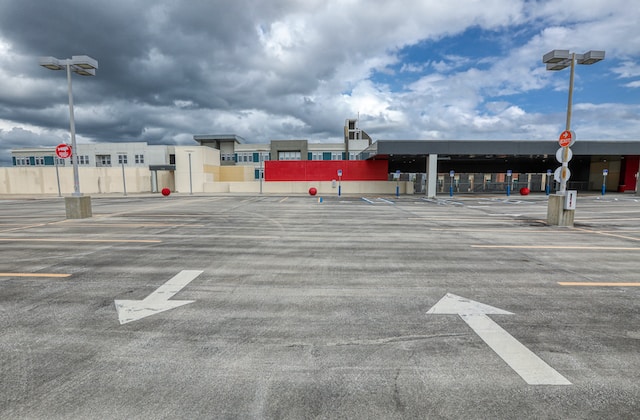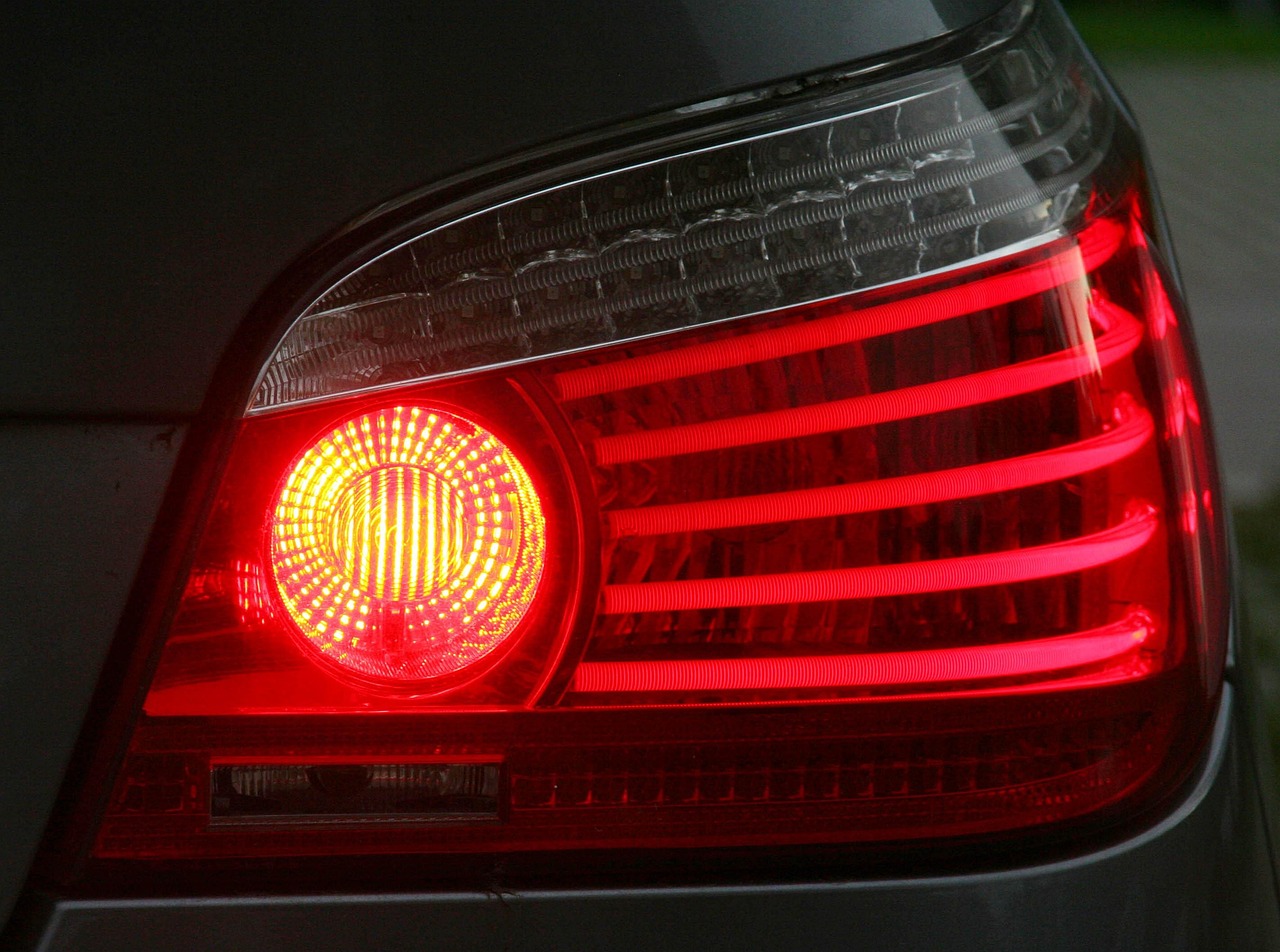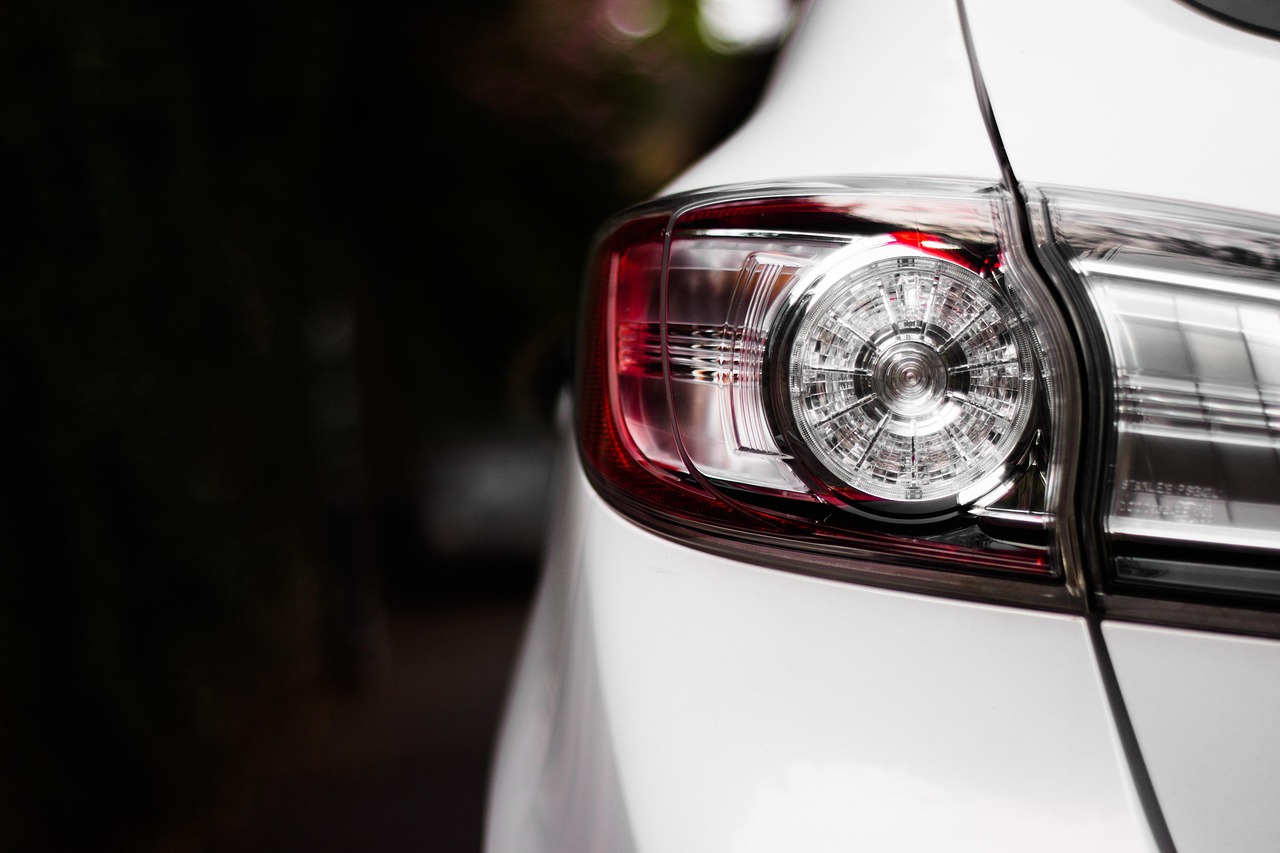The concept of smart cities has gained significant momentum in recent years as technology continues to revolutionize how people live and work. Smart cities are designed to optimize urban infrastructure and services using advanced technology, data analytics, and innovation.
One area where smart cities are making a significant impact is the design and use of parking lots. With the increasing availability of sensors, cameras, and other smart technologies, many cities are rethinking the traditional parking lot design and management approach. This shift has the potential to not only optimize the use of space but also improve traffic flow, reduce congestion, and enhance the overall livability of urban areas. In this context, the rise of smart cities is expected to impact the future design and use of parking lots profoundly.
The Evolution of Parking Lot Dimensions
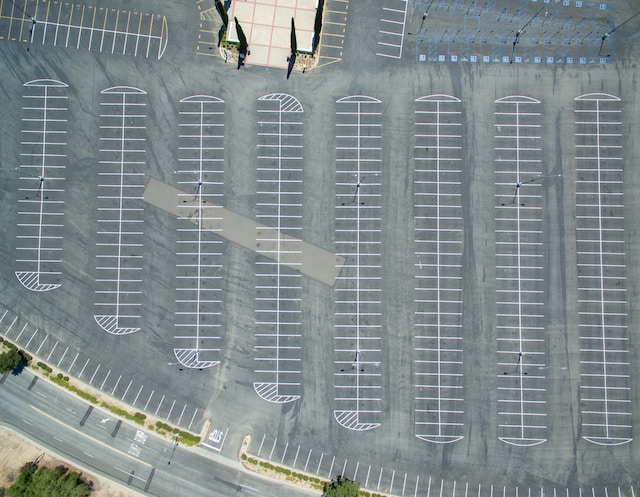
The design of parking lots has evolved significantly over time in response to changing needs and technologies. The earliest parking lots were often just open spaces where drivers could park their cars without much thought about organization or efficiency.
As cars became more widespread in the mid-20th century, parking lots became more formalized and structured. This led to the development of standardized parking space dimensions and the adoption of diagonal parking, allowing more efficient use of space.
But as car sizes increased and traffic patterns evolved, standard parking lot dimensions began to change over time. The size of a parking spot became broader and longer, with additional space for turning and maneuvering. The layout of parking lots also changed, with many adopting angled or diagonal parking layouts to maximize the use of space.
Today, the rise of smart cities is leading to a new evolution in parking lot design. With the increasing availability of sensors, cameras, and other smart technologies, cities are able to collect and analyze data on parking patterns, traffic flow, and other factors. This data can be used to optimize the layout and design of parking lots, making them more efficient and user-friendly.
Technology and Parking Lot Dimensions
Technology plays a significant role in shaping the design and use of parking spaces in modern cities. Using innovative tools helps optimize parking lot dimensions and make them more efficient and user-friendly.
Smart Parking Systems

One example of technology transforming parking lot design is smart parking systems. These systems use sensors and data analysis to provide real-time information about parking availability and guide drivers to available spots. This can help to reduce traffic congestion and improve the overall efficiency of parking lots.
Automated Parking Structures
Another technology that is influencing parking lot dimensions is automated parking structures. These structures use machines to park and retrieve cars, eliminating the need for drivers to navigate tight spaces. This allows for more compact parking lot designs, as machines can stack cars more closely together than humans can.
Autonomous Vehicles
The rise of electric and autonomous vehicles is also significantly impacting parking lot design. As more people switch to electric cars, parking lots must incorporate charging stations to meet demand. Autonomous vehicles will also require new types of parking infrastructure, such as drop-off and pick-up zones that allow passengers to exit and enter the vehicles safely.
Sustainability and Parking Lot Dimensions
Sustainability is a key consideration in the design of parking lots in smart cities. As cities aim to reduce their environmental impact and become more sustainable, parking lots are being designed with features that minimize their carbon footprint and contribute to a more eco-friendly urban environment.
Green Roofs
Green roofs are covered with vegetation and provide various environmental benefits, including reducing stormwater runoff and improving air quality. They can also help to mitigate the urban heat island effect, where cities become significantly warmer than surrounding areas due to the high concentration of buildings and pavement.
Solar Panel
Another sustainable design feature for parking lots is the use of solar panels. Solar panels can be installed on parking lot structures, providing renewable energy to power nearby buildings and reducing the need for grid-supplied electricity. They also provide shade for parked cars, reducing the heat absorbed by vehicles and improving their energy efficiency.
Future Trends in Parking Lot Dimensions
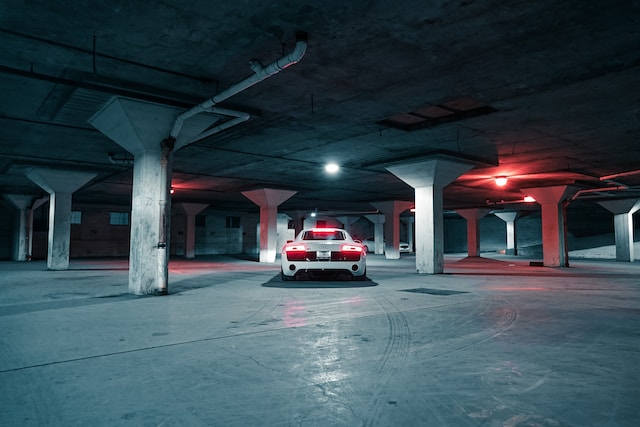
The future of parking lot design will likely be shaped by various emerging trends and new technologies. One trend gaining traction in urban areas is shared parking spaces. Instead of each building having its dedicated parking lot, nearby facilities may share a single one. This approach can reduce the amount of space dedicated to parking, freeing up land for other uses.
Another trend in parking lot design is integrating parking with mixed-use developments. Instead of standalone parking lots, developers are incorporating parking into larger developments that include residential, commercial, and recreational spaces. This approach can create more vibrant, walkable urban environments while reducing the land needed for parking.
New technologies are also likely to play a significant role in shaping the future of parking lot design. Drones, for example, may transport vehicles to and from parking lots, reducing the need for large, ground-level parking areas. Robotics may also stack and retrieve vehicles in automated parking structures, making parking lots more efficient and user-friendly.
Overall, the rise of smart cities and technological advances drive a new evolution in parking lot dimensions. By understanding these trends and staying up-to-date with the latest developments, urban planners and architects can create parking solutions that are both efficient and sustainable and that meet the needs of the growing smart city landscape.

